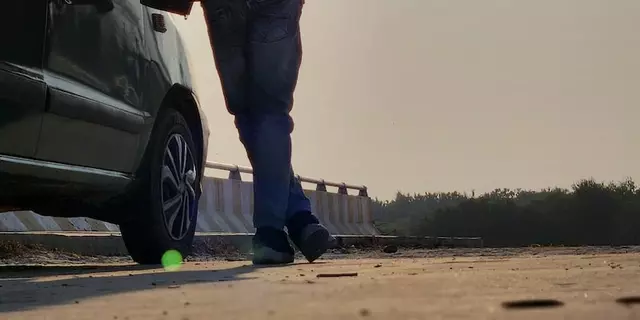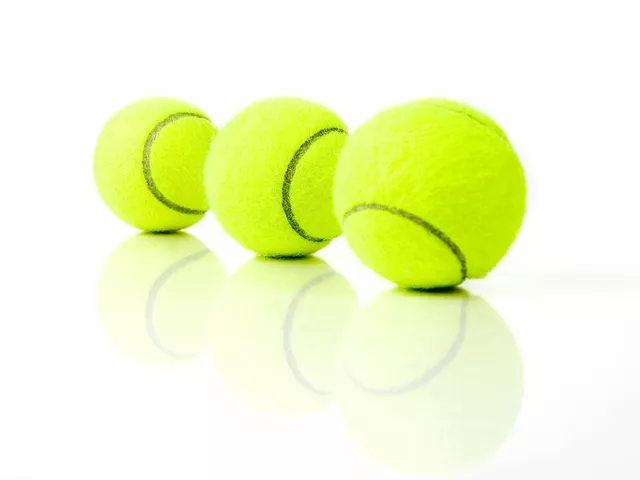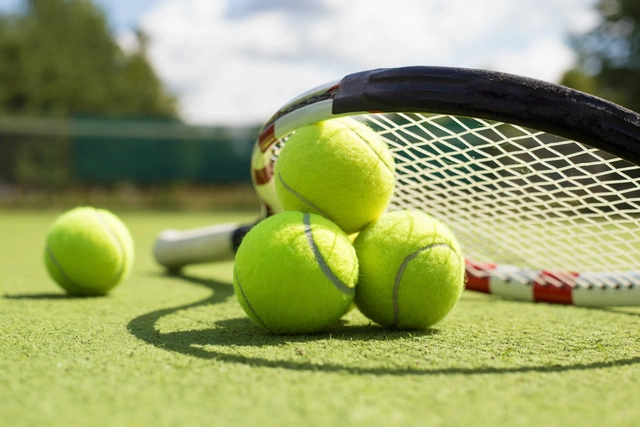The Life of a Tennis Ball
As a tennis enthusiast myself, I've always wondered why tennis balls don't last long. I've seen professional players change balls frequently during matches, and I've experienced the frustration of dealing with "dead" balls during practice sessions. So, I decided to dive deep into the reasons behind their short lifespan and share my findings with you all. In this article, we'll explore the various factors that contribute to the reduced longevity of tennis balls.
Manufacturing and Materials
The first factor that plays a significant role in the lifespan of a tennis ball is its manufacturing process and the materials used. Tennis balls are typically made from a rubber core that is then wrapped in felt. The rubber core is designed to be bouncy and resilient, while the felt provides an optimal surface for the ball to grip the racket and the court. However, these materials, especially the rubber, are susceptible to wear and tear, which can compromise the ball's performance over time.
Pressurization: The Key to Bounce
One of the most important aspects of a tennis ball's performance is its bounce. When a ball is manufactured, it's pressurized with air to create a specific internal pressure that provides an ideal bounce. Over time, the air inside the ball can leak out through the rubber, which results in a loss of pressure and a subsequent reduction in bounce. This process is known as depressurization, and it's one of the main reasons why tennis balls don't last long.
Impact of Frequent Use
It's no secret that tennis balls are subjected to a lot of wear and tear during play. The constant impacts from being hit by rackets and bouncing on the court can cause the felt to wear down, which affects the ball's aerodynamics and spin. Additionally, the rubber core may become deformed or lose its elasticity over time. As a result, the ball's performance deteriorates, and it becomes less enjoyable to play with.
Exposure to the Elements
Another factor that contributes to the reduced longevity of tennis balls is their exposure to the elements. Tennis balls are often played with outdoors, which means they're subjected to sunlight, heat, cold, and moisture. These environmental factors can break down the materials used in the ball, causing them to degrade more quickly. For example, prolonged exposure to UV rays can cause the rubber core to become brittle and the felt to fade.
Storage Conditions
How you store your tennis balls can also have a significant impact on their lifespan. Ideally, tennis balls should be stored in a cool, dry place and away from direct sunlight. Storing them in a hot car or a damp basement, for example, can accelerate the breakdown of the materials and shorten the balls' lifespan. Additionally, it's important to keep balls in their original pressurized can until you're ready to use them, as this helps maintain their internal pressure and bounce.
Professional vs. Recreational Play
The frequency and intensity of play can also influence how long tennis balls last. Professional players typically use new balls for every match, as they require the highest level of performance from their equipment. In recreational play, however, tennis balls are often used for longer periods, which can lead to a noticeable decline in their performance. To ensure a consistent playing experience, it's a good idea to replace your tennis balls regularly, especially if you play frequently.
Alternatives to Traditional Tennis Balls
If you're looking for ways to extend the life of your tennis balls, there are a few alternatives to consider. Pressureless tennis balls, for example, don't rely on internal air pressure for their bounce, which means they don't suffer from depressurization. While their performance may differ slightly from traditional pressurized balls, they can be a more long-lasting option for recreational play. Additionally, some manufacturers offer extra-duty felt options, which are designed to be more durable and better suited for hard court surfaces.
Recognizing When It's Time for a Change
So, how do you know when it's time to replace your tennis balls? There are a few signs to look out for. If you notice a significant decrease in bounce, it's likely that the ball has lost its internal pressure and needs to be replaced. Similarly, if the felt is visibly worn, frayed, or discolored, it's time for a new ball. Ultimately, it's important to pay attention to how your tennis balls feel and perform during play, and to replace them as needed to ensure a consistent and enjoyable playing experience.
In conclusion, the lifespan of a tennis ball is influenced by a variety of factors, including manufacturing and materials, pressurization, frequency of use, and exposure to the elements. By understanding these factors and taking steps to properly care for and store your tennis balls, you can help extend their lifespan and get more enjoyment out of your time on the court.






